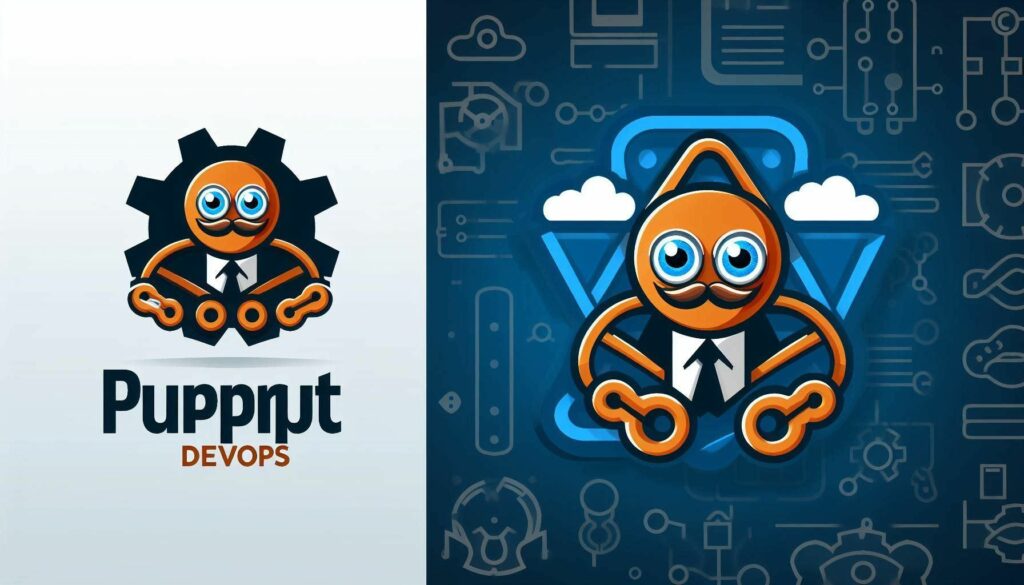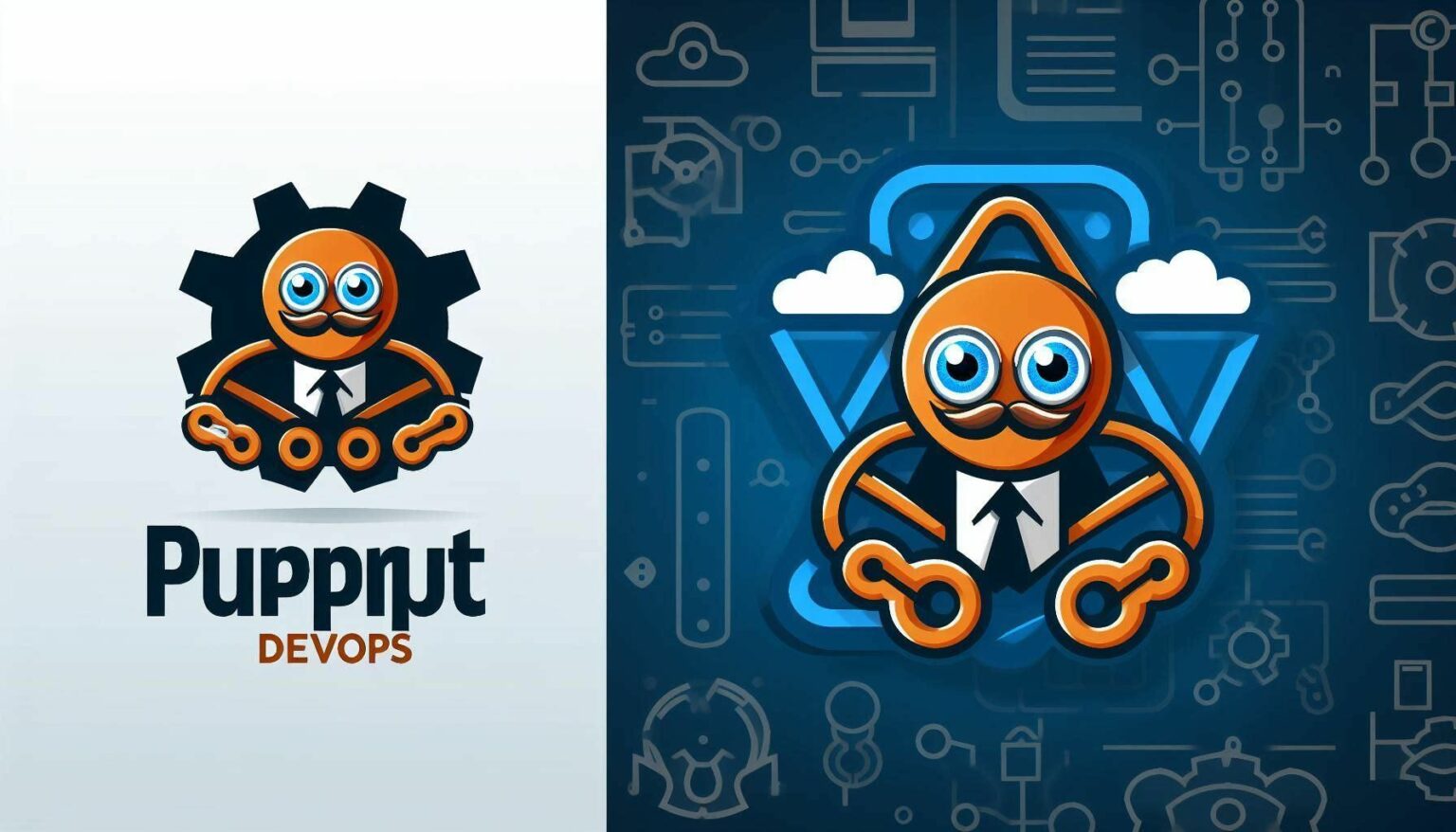In the rapidly evolving world of software development, DevOps has emerged as a transformative approach that bridges the gap between development and operations. At the heart of this revolution lies Puppet, a powerful automation tool that streamlines the deployment and management of infrastructure.

What is Puppet?
Puppet is an open-source configuration management tool that automates the provisioning, configuration, and management of servers and software. By codifying infrastructure, Puppet enables DevOps teams to manage complex environments with ease and consistency.
Why Puppet for DevOps?
- Automation: Puppet automates repetitive tasks, freeing up DevOps teams to focus on more strategic work.
- Consistency: It ensures consistent deployment across various environments, reducing the chances of human error.
- Scalability: Puppet scales effortlessly with your infrastructure, making it ideal for both small startups and large enterprises.
- Compliance: With Puppet, maintaining compliance with industry standards becomes straightforward, thanks to its enforceable configuration policies.
Best Practices with Puppet in DevOps
- Version Control: Keep your Puppet code in version control to track changes and collaborate effectively.
- Continuous Integration: Integrate Puppet code into your CI/CD pipeline for continuous testing and deployment.
- Modular Code: Write modular Puppet code to promote reuse and simplify management.
- Regular Updates: Regularly update your Puppet modules to benefit from the latest features and security patches.
Conclusion
Puppet is more than just a tool; it’s a catalyst for cultural change within an organization. By adopting Puppet, DevOps teams can enhance their workflows, improve efficiency, and deliver better software, faster. Embrace the power of Puppet and propel your DevOps journey to new heights.
For more insights into DevOps best practices and how to leverage Puppet to its fullest potential, explore our resources and expert articles.


